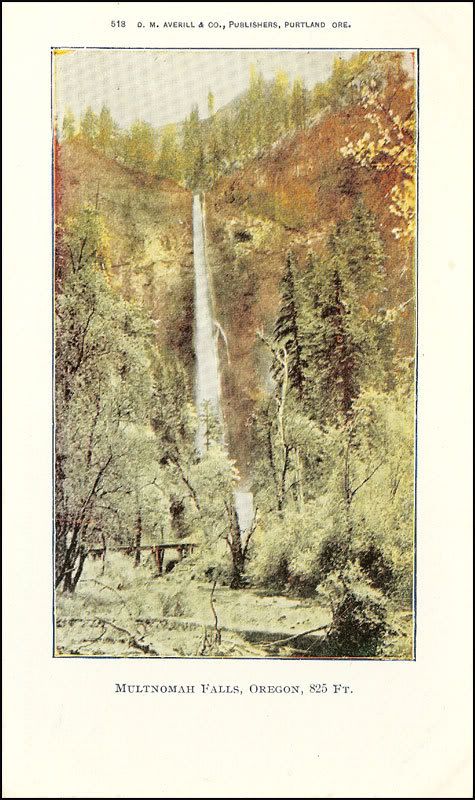Last time we discussed the second side of the Jethro Tull album Aqualung, and a fine album that was. It was critically and commercially well received, but many of the critics expressed the opinion that it was a concept album, with which Ian Anderson strongly disagreed.
There are various accounts of the reason behind Thick as a Brick, and Anderson has been quoted as saying that he wanted to record it to be a parody of “serious” concept albums. However, in an interview he mentioned some bands that had yet to release a concept album before Thick as a Brick hit the stores.
My personal feeling after reading quite a bit about this is that Anderson did indeed want to write a parody of concept albums, probably because Aqualung was perceived to be one and Anderson had not intended it, and Anderson’s huge ego made him misremember certain facts about just what albums he was parodying.

